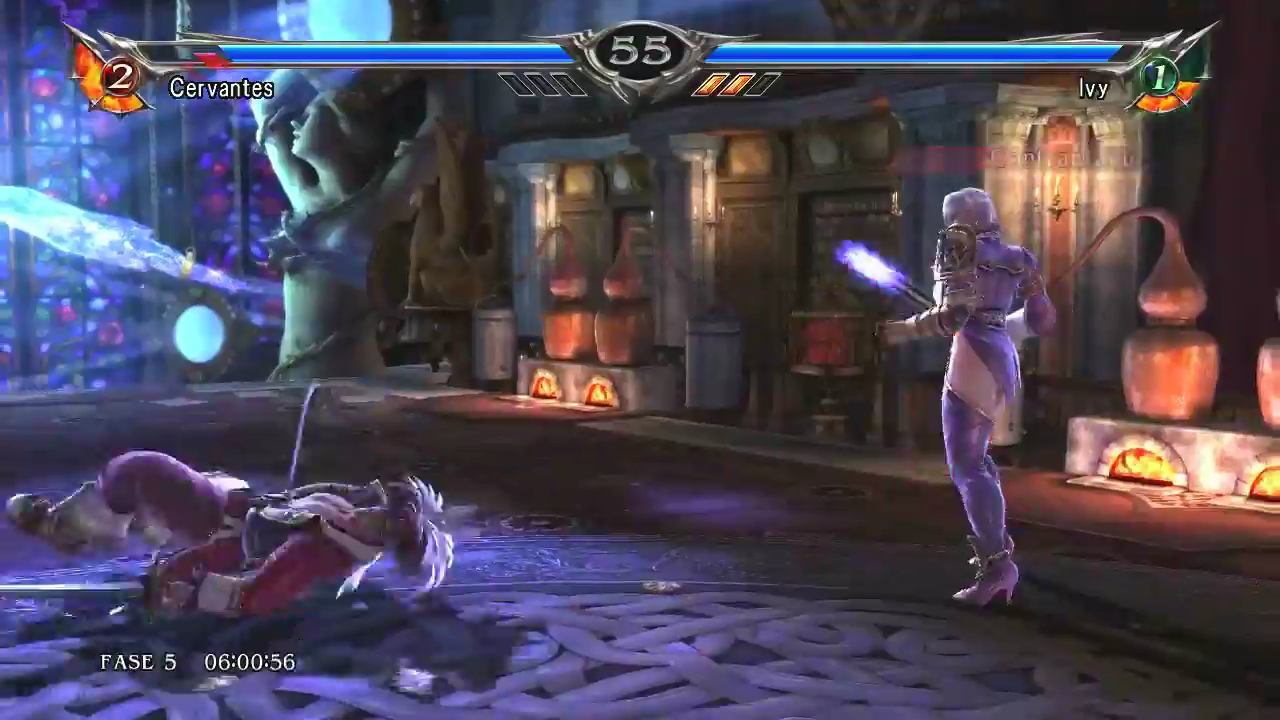


Your perspective is from the side of your head and the player perspective is inside your head. It is a platformer that stands out in VR by being a side-on shooter. The new VR museum will also showcase the latest work on our early VR game, Adventures in 3D, which is also built on Nanite. Things like Boosters in Airjump are just awesome. The area ai is good for is not only for gameplay, but also for technical aspects such as pathfinding. It's quite interesting to see how ai plays a role in games such as Onrush and Hoverboard : getting the ai right on so many levels. Nanite introduces a new rendering technology which is very efficient, in terms of both speed and size, and can be scaled to handle projects with any complexity. Unreal Engine 5 has implemented a custom physics engine in order to handle the immersive experiences. We can easily port our existing code base to it, and our assets are compatible. The reasons for this is that PhysX has a lot of features, such as dynamic objects, soft bodies, cloth, and so on. If we are to play a similar game, we will have to use it. UE 5 has introduced a custom physics engine with custom materials, meshes, and rendering. While we are totally biased toward Unreal Engine and its possibilities, we feel this is unfair. On the topic of rendering, Unreal Engine has introduced 'PhysX' which is a proprietary physics engine. This is the reason why Nanite's ai and rendering technology is so effective. We then compress that, so the scene is only rendered out the visible region. The game only draws the part of the object which the viewer can see: the couch.

A simple example: we are rendering a 3D object in a room, which has a parallax effect, and a viewer looks down to see the couch below. Nanite draws itself, and then compressed the scene, which is able to compress to half the data. This is where the compression is worth it. In this case, we don't need to draw all the stuff on display, only the stuff that is important to the player. Nanite's rendering technology works intelligently on the detail that can be perceived, no more.


 0 kommentar(er)
0 kommentar(er)
